Pieris Japonica: Grow & Care for Japanese Pieris (Lily of the Valley Shrub)
Written by Iris
Nov 17 2021
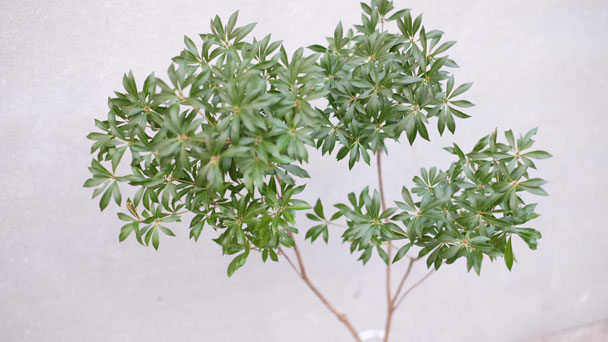
Pieris Japonica (Lily of the Valley shrub) is a landscape plant. And Pieris japonica is the senior flower material of florists. The branches, leaves (which can be used to make pesticides), and seeds of Pieris japonica are toxic. Once horses accidentally eat this plant, they will fall asleep. Our daily contact with Pieris japonica is non-toxic, but we must avoid eating it by mistake. The branches are about 110cm high, and the ornamental period is 2 to 6 months. There is no pollen transmission, so it is suitable for people with pollen allergies.
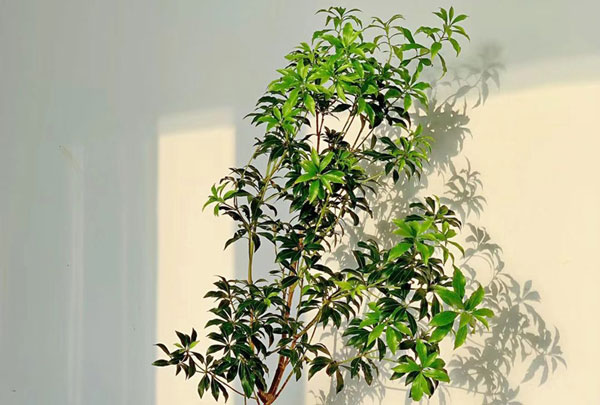
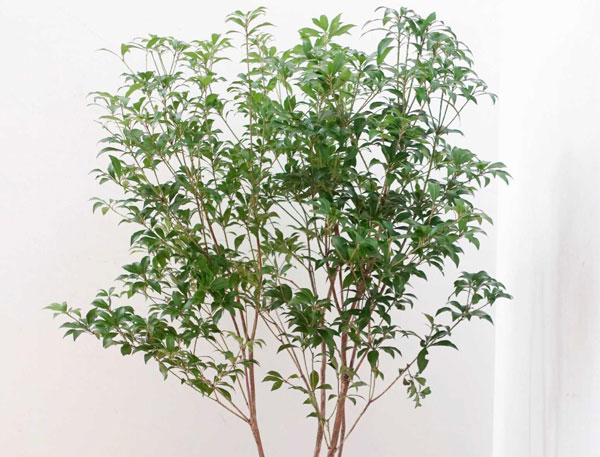
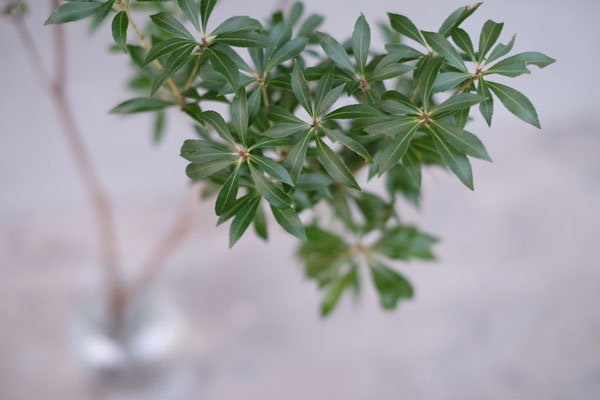
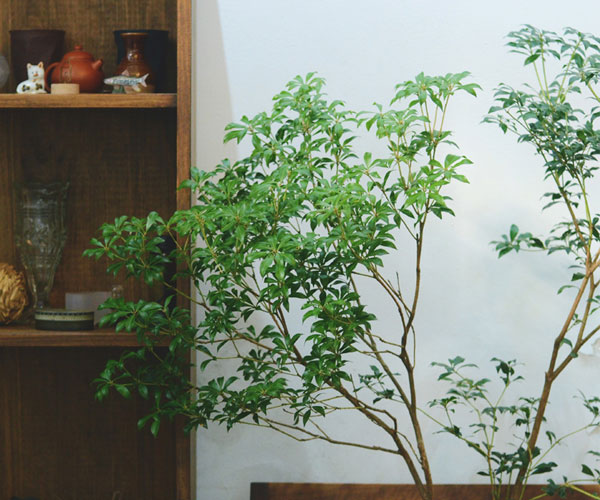
Pieris japonica 'Firecrest' – this has bright red young bracts in spring and pure white flowers. It has been given the Award of Garden Merit (AGM) by the Royal Horticultural Society.
Pieris japonica 'Purity' – a striking cultivar with green leaves and bright white flowers.
Pieris japonica 'Mountain Fire' – this has bright red young bracts in spring and pure white flowers. The foliage matures to a deep, rich green.
Pieris japonica 'Katsura' – is a compact variety with dark green foliage and pinkish-purple flowers.
Pieris japonica 'Passion' – a new cultivar with pinkish-red flowers and foliage that is flushed red in spring turning glossy green later.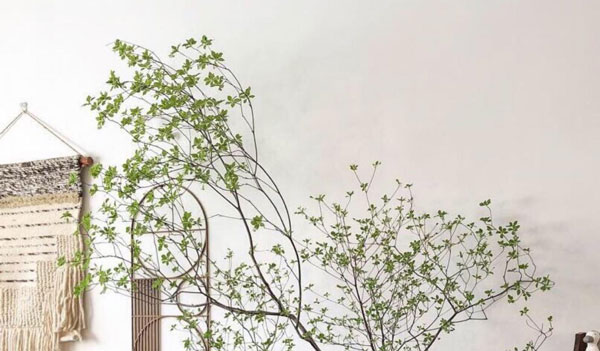
Pieris Japonica Care Quick InfoWhere to Grow Pieris JaponicaWhen to Grow Pieris JaponicaHow to Grow Pieris JaponicaPieris Japonica Propagation with SeedsPieris Japonica Propagation with Stem CuttingsHow to Care for Pieris JaponicaPieris Japonica LightingPieris Japonica Soil CarePieris Japonica WateringPieris Japonica Temperature & Humidity CarePieris Japonica FertilizerPieris Japonica PruningPieris Japonica Pests & DiseasesVarieties of Pieris JaponicaPieris Japonica Care FAQIs Pieris japonica poisonous?Why did Pieris lose their leaves?Does Pieris grow fast?
Pieris Japonica Care Quick Info
| Botanical/Scientific Name | Pieris Japonica |
| Common Name | Lily of the Valley shrub |
| When to Grow/Bloom/Harvest | Plant in spring or fall/Bloom in late winter to early spring |
| Uses | As alcove posts in tea rooms |
| Origin | Eastern China |
| Light Care | Full to partial shade and rich |
| Soil Care | Well-drained soil |
| Temperature Care | Does not have any special temperature requirements |
| Humidity Care | Lightly moist at all times |
| Watering | Water to a depth of 3 inches |
| Pruning Care | Prune your japanese pieris immediately after the blossoms fade |
| Fertilizer Care | A yearly application of nitrogen |
| Propagation | Softwood cuttings |
| Toxic | High severity poison |
| Flower Color | Pink, White |
Where to Grow Pieris Japonica
Pieris Japonica plants will do best in full sun or partial shade and will struggle with no sunlight whatsoever. To give them the best chance at healthy growth, choose a location that is east or west-facing to be safe. Some varieties from our list above can handle facing south, but none should be planted in a north-facing direction.
When to Grow Pieris Japonica
For the best results, plant your Pieris Japonica in spring or autumn. With a Pieris, you can expect red growth around the leaves in February, followed by the most vibrant period of growth in March. This gives way to flowers – usually white but not always, as we've seen above – in April and May. As an evergreen, the leaves will stay on year-round.
How to Grow Pieris Japonica
Pieris Japonica Propagation with Seeds
- Propagate pieris japonica from seed in spring for the best results, or in autumn if absolutely necessary. Test the viability of the seeds by soaking them in a bucket of water for 24 hours. Discard any seeds that float to the top.
- Fill 4-inch plastic pots with a moistened mixture of three parts sterile compost and one part perlite. Fill the containers to within 1/2 inch of the top. Gently firm the mixture to eliminate any air pockets.
- Sow one andromeda seed in each pot. Place the seed on the compost mixture. Gently press it into the surface so it is half-buried. Scatter a very thin layer of compost over the seed so that it's covered but still exposed to the light.
- Mist each pot with a spray bottle to settle the compost onto the seeds. Drape a piece of plastic wrap over each pot to prevent the compost from drying out too quickly.
- Move the pots into a cold frame, or place them indoors near a west-facing window with bright, indirect light. Shield them from direct sunlight, to keep the seeds from drying out and going dormant.
- Mist the compost every day to prevent it from drying out. Do not allow the compost to dry out for longer than a few hours, to prevent the seeds from going dormant. Avoid making the compost soggy, too, since wet conditions can cause the seeds to rot.
- Watch for germination in 20 to 30 days. Remove the plastic wrap after the andromeda seeds sprout. Grow them in their containers until they reach 3 inches in height and have several sets of leaves, then transplant them into the garden.
Pieris Japonica Propagation with Stem Cuttings
Making cuttings is the easiest and fastest method to propagate your Pieris Japonica.- Snip 6-inch (15 cm) cuttings off new growth (only partially hardened off) at the end of summer.
- Remove lower pairs of leaves, keeping only one or two pairs of leaves.
- If possible, dip the base of the cuttings in powdered rooting hormones.
- Plant the cuttings in heath soil.
- Keep the cuttings near light, but not in direct sunlight.
- Keep substrate a little moist.
- Protect cuttings from freezing in winter.
- Transplant in the following spring.

How to Care for Pieris Japonica
Pieris Japonica Lighting
Japanese Pieris plants prefer to grow under full sunlight, getting at least six to eight hours a day. In warmer climates, you can get away with planing your Japanese Pieris in a partial shade location that shields it from the harsher afternoon light.Pieris Japonica Soil Care
All varieties of Pieris Japonica thrive in sandy, loamy soil with some acidity. For optimal growing conditions, the soil should be well-drained with some residual moisture. This plant will not tolerate alkaline soil, so use nutrients to adjust the soil pH if the area you’re planning on planting into is not acidic enough.Pieris Japonica Watering
Water Pieris japonica once per week during spring, summer, and fall to prevent the soil from drying out completely. Reduce watering frequency to once every two to three weeks during winter, when the plant's active growth has ceased. Soak the soil to a depth of at least 6 inches at each watering.Pieris Japonica Temperature & Humidity Care
As long as it's planted in the proper USDA hardiness zone, Pieris Japonica does not have any special temperature requirements. Do your best to protect the plant from cold or especially harsh winds, which can result in leaf browning or die-back.Pieris Japonica Fertilizer
Fertilize once every year during early spring using a 14-7-7 NPK fertilizer. Apply at the rate recommended by the manufacturer's instructions. Water lightly before and after feeding, soaking the soil to a depth of at least 2 inches, to prevent root injury and release the nutrients into the soil.Pieris Japonica Pruning
Prune Pieris Japonica immediately after blooming ends to improve the plant's aesthetic appeal and overall health. Trim back any excessively long growth and remove any damaged or diseased limbs as necessary using hedge clippers.Pieris Japonica Pests & Diseases
Hardy though it may be, Pieris Japonica is not immune from pests and diseases. Although there are no particularly severe threats, it's always a good idea to keep your eye out for any potential issues. If you see discoloration on the leaves, dead patches, or any other blemishes, your plant may be feeling poorly.
Varieties of Pieris Japonica
Pieris 'Forest Flame' – this has great foliage and typical white Pieris flowers. The new leaves appear bright red in spring, changing color through pink, cream, and green. It has been given the Award of Garden Merit (AGM) by the Royal Horticultural Society.Pieris japonica 'Firecrest' – this has bright red young bracts in spring and pure white flowers. It has been given the Award of Garden Merit (AGM) by the Royal Horticultural Society.
Pieris japonica 'Purity' – a striking cultivar with green leaves and bright white flowers.
Pieris japonica 'Mountain Fire' – this has bright red young bracts in spring and pure white flowers. The foliage matures to a deep, rich green.
Pieris japonica 'Katsura' – is a compact variety with dark green foliage and pinkish-purple flowers.
Pieris japonica 'Passion' – a new cultivar with pinkish-red flowers and foliage that is flushed red in spring turning glossy green later.

Pieris Japonica Care FAQ
Is Pieris japonica poisonous?
Excessive salivation, vomiting, and abdominal pain usually develop 6-8 hours after the plant is eaten... Honey derived from rhododendrons, Pieris Japonica, and other members of the Heath family can contain toxic levels of grayanotoxin (mad honey) and can cause poisoning in people who eat it.Why did Pieris lose their leaves?
Look out for the following symptoms of Pieris lace bug on Pieris and Rhododendron; The foliage Pieris Japonica develops a coarse pale mottling on the upper surface and by late summer the leaves can have a bleached whitish-yellow appearance. Heavy attacks may cause leaf drop on Pieris.Does Pieris grow fast?
How fast does a Japanese Pieris grow? Pieris japonica 'Katsura' reaches 3 by 3 feet in five years. At maturity, it can be between 6 to 9 feet with a spread of 6 feet.Latest Updated
- Benefits of Bugleweed - 7 Science-backed Health Benefits
- Bugleweed Dangers & Side Effects - Is It Poisonous?
- How to Plant Evergreen Trees - What You Should Know
- When to Plant Evergreens - Grow Guide for Evergreen Trees
- 12 Wonderful Evergreen Shrubs for Your Garden
- 12 Popular Evergreen Plants with Pictures for Beginners
- When And How To Prune A Lilac Bush Like a Pro
- How to Grow & Care for Lilac Vine (Hardenbergia Violacea)
- Japanese Lilac Tree (Syringa Reticulata) Care & Propagation Guide
- Shumard Oak Pros and Cons - What to Know
Popular Articles
- Winter maintenance of Antirrhinum Majus
- How to Grow Terminalia Mantaly Tree
- How to Grow and Care for Crossostephium Chinense
- How to grow Antirrhinum Majus in spring
- Peristeria Elata (Dove Orchid) Profile: Info & Care Guide
- Underwatered Snake Plant (Sansevieria Trifasciata) - Signs And How To Fix
- How to Care for Brazilian Jasmine Plant (Mandevilla Sanderi)
- How to Grow & Care for Graptopetalum Purple Delight in Summer
- Rosa Chinensis (China Rose): Plant Growing & Care Tips
- How to Care for Baby Sun Rose (Aptenia Cordifolia)